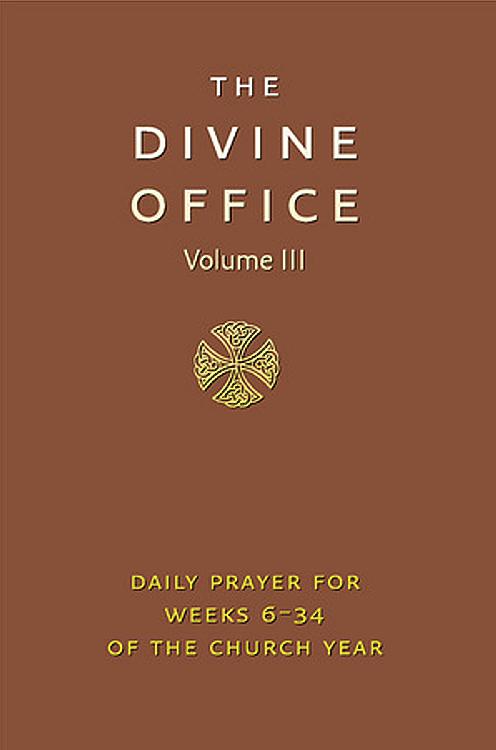
It is also a rejection of the Tractarians. What is more, it is not only a case of the Ordinariate here siding with the Puritans and rejecting Caroline and Old High teaching. The Ordinariate office book, however, is a rejection of this Caroline and High Church teaching, siding with the Puritans: it removes (as seen in the picture above) the term 'Absolution' from this act by the priest. This understanding was a commonplace of conventional High Church teaching throughout the 18th and well into the 19th century, as the 1874 pastoral letter from Christopher Wordsworth, Bishop of Lincoln, classically demonstrated. This unloosing men from the bond of their sin is that, which we properly call "absolution", and it is a necessary and most comfortable part of the priest's office. When therefore the Priest absolves, God absolves, if we be truly penitent. Which power of remitting sins was not to end with the Apostles, but is a part of the Ministry of Reconciliation, as necessary now as it was then, and therefore to continue as long as the Ministrry of Reconciliation, that is, to the end of the world. Sparrow explicitly relates it to John 20:23, going on to state: Such addition did not alter the understanding that this was indeed an Absolution. James I, of course, rejected the Puritan demand, instead permitting only the addition of the word "Remission". At the Hampton Court conference, the Puritans renewed their demand for the removal of the term, "Because Absolution implyeth forgiving of sins with authority". In the 1603 Millenary Petition, Puritans insisted that amongst the "divers terms" which should be removed from the Prayer Book was 'absolution'. The Customary of Our Lady of Walsingham, an interim Anglican Use breviary.This was a point of contention in the fierce debates between Conformists and Puritans in the Elizabethan and Jacobean Church. Multiple attempts to create an Anglican Use form of the Divine Office had been attempted prior to the approval the Divine Worship: Daily Office. The Book of Divine Worship of 2003 closely followed the Mattins and Evensong practices of the 1979 Book of Common Prayer of the Episcopal Church. Unlike later editions and in keeping with lineage from the Book of Common Prayer, the Book of Divine Worship contained both the order of the Anglican Use Mass and Office, resulting in an extremely large book. The Customary of Our Lady of Walsingham, printed by Canterbury Press in 2012 and in use until the introduction of the Divine Worship: Daily Office: Commonwealth Edition, more closely follows Catholic practices. Additions included Terce, Sext, and None. Unlike the previous Book of Divine Worship, the Customary exclusively contained the Office and thus proved far more wieldy, with Divine Worship: The Missal and its new order of the Anglican Use Mass being published separately. Unlike the other forms and uses of the Roman Rite that use the General Roman Calendar of 1960 and some Anglo-Catholic sources including the Anglican Breviary that use the General Roman Calendar of 1955, the Anglican Use liturgical calendar does not contain a period known as Ordinary Time. Further, the recitation of the Psalms follows the monthly 30-day Prayer Book cycle.ĭecree of Publication for the Personal Ordinariate of the Chair of Saint Peter (Divine Worship: Daily Office) Instead, the traditional Anglican kalendar is used as the basis from which liturgical seasons are determined. The Divine Worship: Daily Office: North American Edition is printed by Newman House Press and was released in late 2020. The first printing of 500 books quickly sold out to parish communities, with further printings being announced shortly after.

The first editions were bound in blue cloth hardcover and printed in red and black text. The psalm translation is that of the 1928 Episcopal revision of the Coverdale Psalter. Permutations of the Coverdale Psalter are used in many Anglican Books of Common Prayer including the 1662 Book of Common Prayer of the Church of England and 1928 Book of Common Prayer of the Episcopal Church. Collects and other excerpts come from Divine Worship: The Missal, which itself sources from the Anglican Missal and other Anglo-Catholic texts. įollowing the initial printing, several significant textual errata were noted, along with several dozen typographical errors.


Among them, the latter half of the hour of None was missing. There were also complaints regarding specific omissions–such as prayers for popular English saints like Thomas Becket–as well as several popular hymns from the English Christian tradition.


 0 kommentar(er)
0 kommentar(er)
